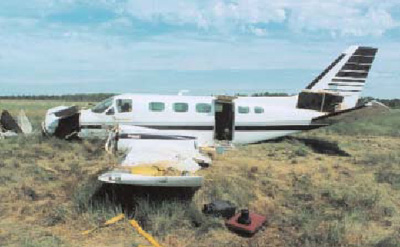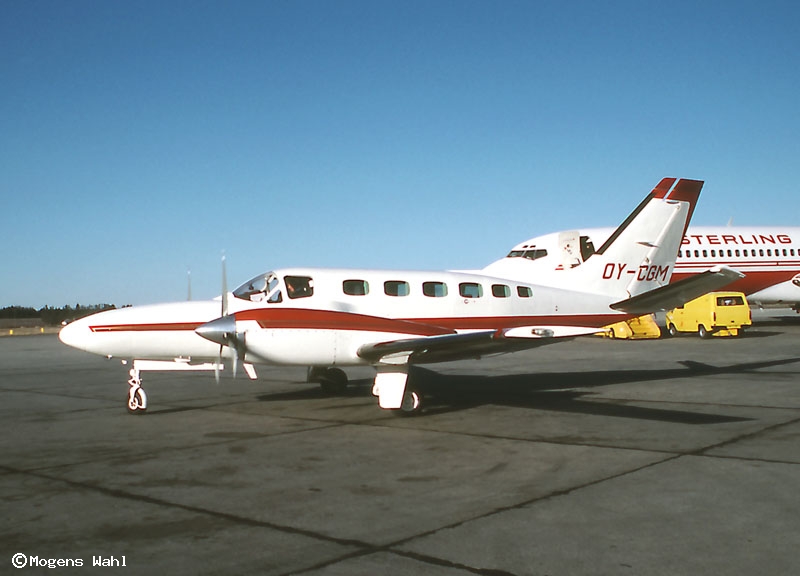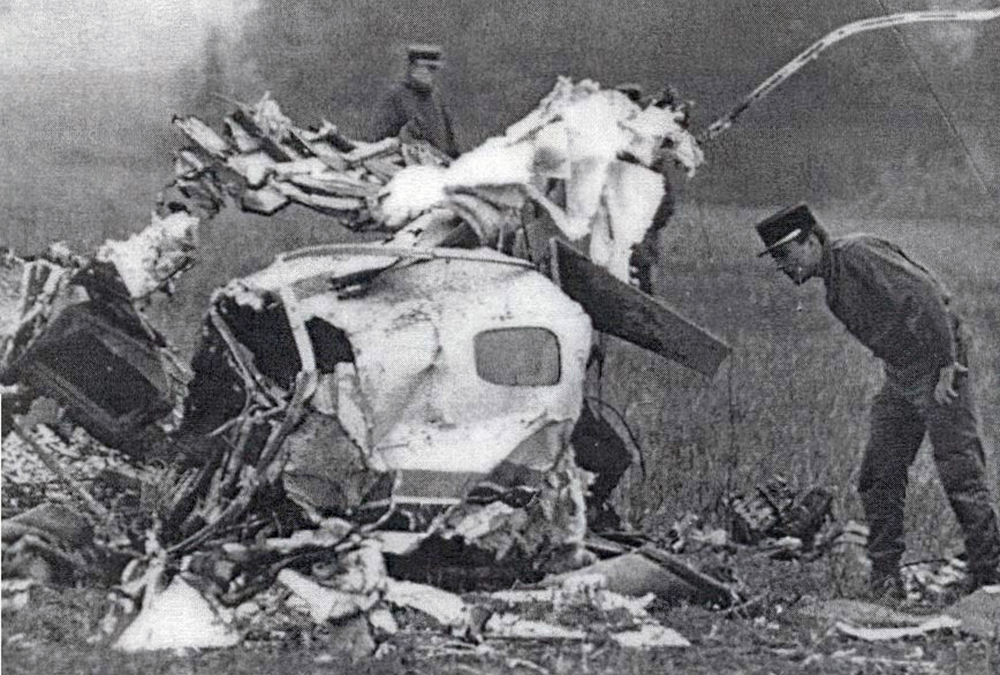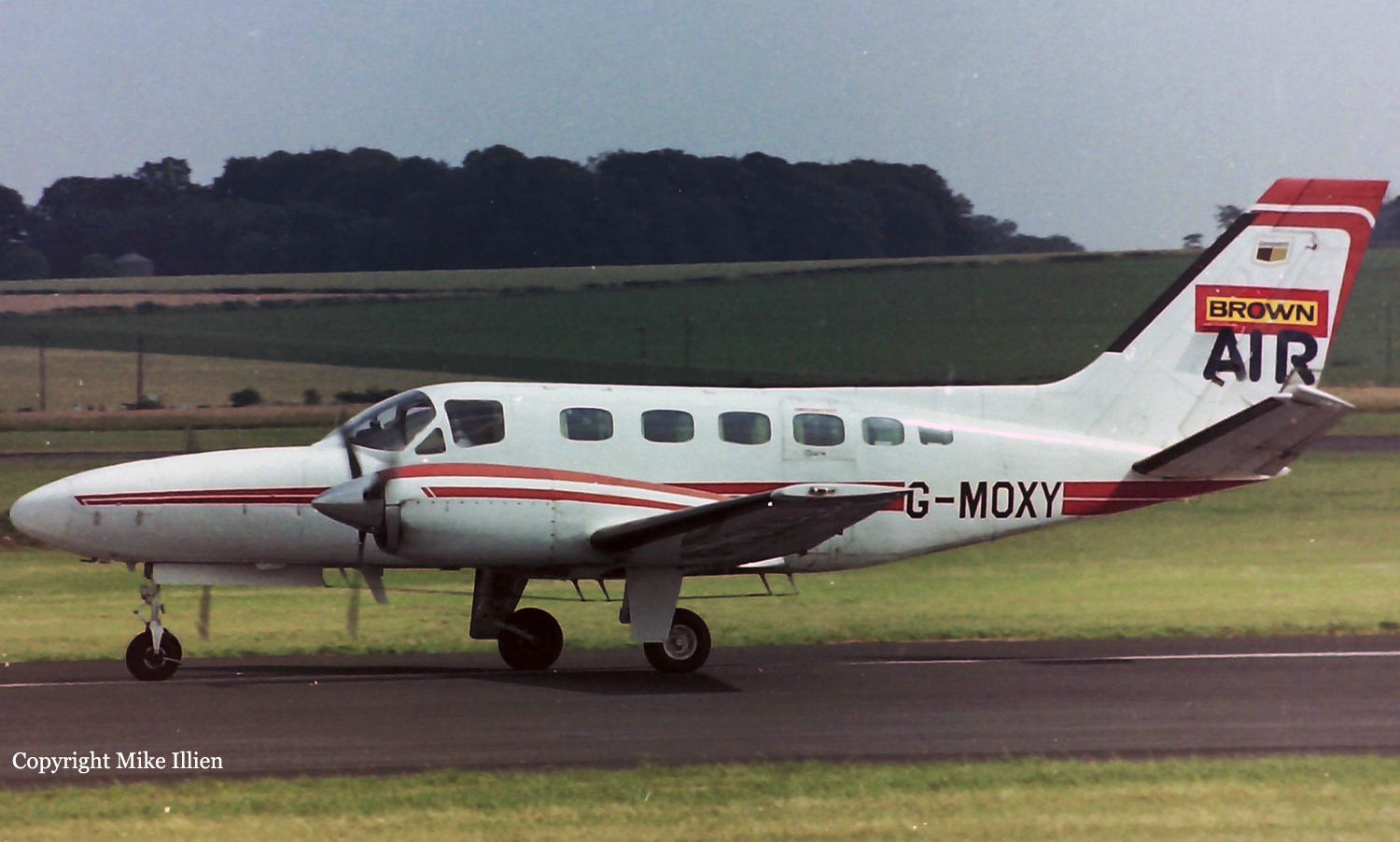Crash of a Cessna 441 Conquest II in Walker's Cay
Date & Time:
Apr 20, 1996 at 1315 LT
Registration:
N441W
Survivors:
Yes
Schedule:
Destin – Walker’s Cay
MSN:
441-0052
YOM:
1978
Crew on board:
1
Crew fatalities:
Pax on board:
3
Pax fatalities:
Other fatalities:
Total fatalities:
0
Circumstances:
On April 20, 1996, about 1215 Atlantic standard time, N441W, a Cessna 441, crashed on landing in Walkers Cay, Bahamas, while on a 14 CFR Part 91 personal flight. Visual meteorological conditions prevailed at the time and a VFR flight plan had been filed. The airplane was substantially damaged and the private pilot and three passengers reported no injuries. The flight originated from Destin, Florida, about 2 hours 30 minutes earlier. The pilot stated that on final approach he landed short of the runway. The main landing gear sheared off the airplane and the nose gear collapsed.





